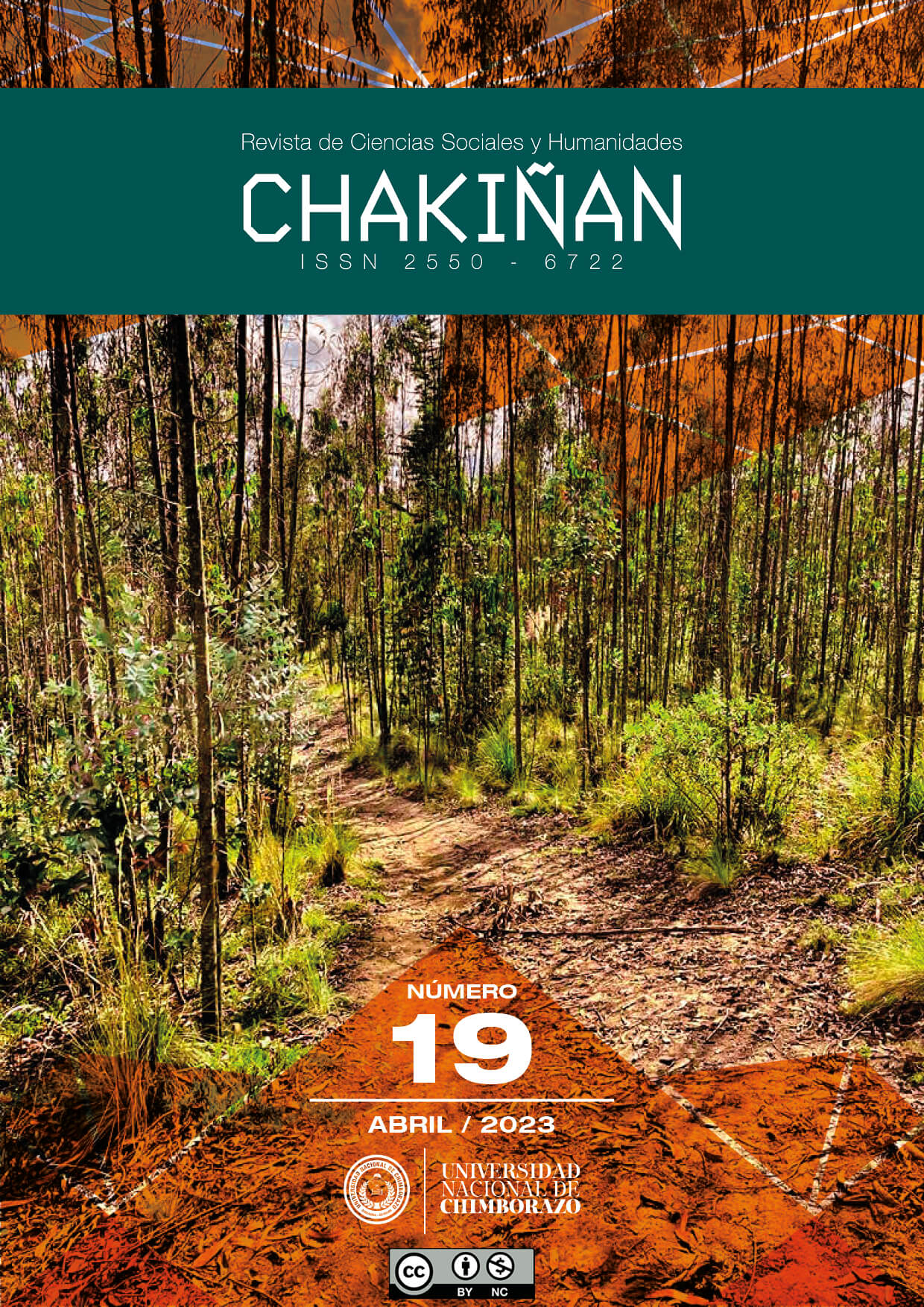MIGRATION FROM FACE-TO-FACE TO VIRTUAL CLASSES EVALUATION
Main Article Content
Abstract
Digital learning is incorporated into educational spaces through constitutive elements such as technologies, active methodologies, educational strategies, and teacher training. The pandemic caused by Covid-19 forced higher education institutions to adapt to a new reality of social distancing, and with this, each component gained projection in that context. This study evaluated the migration and adaptation of educational content in the transition process from face-to-face to virtual learning. This article analyzes the media's point of view of the process. For this purpose, a qualitative study with a narrative-type methodological design was carried out based on the application of the evaluation in three subjects of graduate program. An ideal indicator for content adaptation was determined from the Glasser Pyramid. The objective was to check how close each subject is to an ideal distance learning model. As a relevant result, it was evidenced that the adaptation of educational content to the virtual environment, traditionally offered in person, was adequate.
Downloads
Article Details
Conference Proceedings Volume
Section

This work is licensed under a Creative Commons Attribution-NonCommercial 4.0 International License.
Responsibility of the authors:
The authors are responsible for the ideas and data collected in the manuscripts. They are additionally accountable for the fidelity of the information, the correction of the citations, the right to publish any material included in the text, and the presentation of the manuscript in the format required by the Journal (WORD template). A manuscript forwarded to CHAKIÑAN must not have been published before, nor must it have been submitted to another means of publication.
Copyright:
Published articles do not necessarily compromise the viewpoint of the CHAKIÑAN JOURNAL. The Journal is aligned to the policy of the licence de Creative Commons Reconocimiento-No comercial 4.0 Internacional (CC BY-NC 4.0). Each author retains the right to the paper published in the Chakiñan journal.
Privacy statement
The personal data and email addresses entered in this magazine will be used exclusively for the purposes stated by the publication and will not be available for any other purpose or person.
How to Cite
Share
References
Adiloglu, F., Fragiacomo, F. & Petricone, F. (2021). Distance artist: building the skills of future creatives. Developing evidence-based criteria for global virtual team tutoring and management in art and design education. International Journal of Art & Design Education – iJADE, 40(1), 268-282. https://doi.org/10.1111/jade.12336
Andhi, R. R., Naisen, D. & Sari, L. O. (2018). Virtual world environment design for Vidyanusa e-Learning system. 2018 2nd International Conference on Electrical Engineering and Informatics (ICon EEI). Batam, Indonesia. https://doi.org/10.1109/ICon-EEI.2018.8784306
Aretio, G. (2020). Bosque semântico: ¿educación/enseñanza/aprendizaje a distancia, virtual, em línea, digital, e-Learning...? Revista Iberoamericana de Educación a Distancia, 23(1), 09-28. http://dx.doi.org/10.5944/ried.23.1.25495
Chivu, R. G., Orzan G. & Popa, I. C. (2019). Education software and modern learning environment: e-Learning. The International Scientific Conference eLearning and Software for Education. Bucharest. https://doi.org/10.12753/2066-026X-19-163
Clandinin, D. J. & Connelly, F. M. (2000). Narrative inquiry: experience and story in qualitative research. San Francisco: Jossey-Bass.
Ferreira, J. F. C. & Rezende, D. V. (2013). Objetos de aprendizagem: criatividade aplicada aos processos educativos. En Ulbricht, V. R, Vanzin, T, Silva, A. R. & Batista, R. C. (org.), Contribuições da criatividade em diferentes áreas do conhecimento (pp. 11-44). São Paulo: Pimenta Cultural.
Giddens, J., Curry-Lourenco, K., Miles, E. & Reeder, E. (2021). Enhancing learning in an online doctoral course through a virtual community platform. Journal of Professional Nursing, 37, 184-189. https://doi.org/10.1016/j.profnurs.2020.05.007
Gil, A. C. (2008). Métodos e técnicas de pesquisa social. Brasil: Atlas.
Glasser, W. (2002). Teoria da escolha: uma nova psicologia de liberdade pessoal. Brasil: Mercuryo.
Gunawan, G., Harjono, A., Sahidu, H. & Nisrina N. (2018). Improving students’ creativity using cooperative learning with virtual media on static fluida concept. Journal of Physics Conference Series, 1006, 1-8. https://doi.org/10.1088/1742-6596/1006/1/012016
Hernández, R., Collado, C. F. y Lucio, P. B. (2006). Metodología de la investigación. México, D. F. México: McGraw-Hill Interamericana.
Humanante-Ramos, P. R., Cazco, G. H. O., Moreno, M. I. U. & Caiza, N. S. I. (2021). Management of ICT-Mediated Leraning: a curriculum design propasal from Universidad Nacional de Chimborazo. Chakiñan. Revista de Ciencias Sociales y Humanidades, 15, 47-63. https://doi.org/10.37135/chk.002.15.03
Koh, J. H. L., Chai, C. S., Wong, B. & Hong, H. Y. (2015). Design thinking for education: Conceptions and applications in teaching and learning. Singapore: Springer. https://doi.org/10.1007/978-981-287-444-3
Ministério da Educação. (6 dic 2019). Portaria No 2.117, de 6 de dezembro de 2019. Brasil: Diário Oficial da União. https://www.in.gov.br/en/web/dou/-/portaria-n-2.117-de-6-de-dezembro-de-2019-232670913
Moran, J. (2017). Metodologias ativas e modelos híbridos na educação, En Yaegashi, S., Bianchini, L. G. B., Júnior, I. B. O., Santos, A. R. & Silva, S. F. K. (Orgs). Novas tecnologias digitais: reflexões sobre mediação, aprendizagem e desenvolvimento (pp. 23-35). CRV.
Reif-Stice, C. & Smith-Frigerio, S. (2021). Communication, flexibility and resilience: navigating the shift to virtual service-learning during Covid-19. Journalism & Mass Communication Educator, 76(4), 477-488. https://augusta.pure.elsevier.com/en/publications/communication-flexibility-and-resilience-navigating-the-shift-to-
Samoila, C., Ursutiu, D. & Neagu, C. A. (2018). Evaluating remote experiment from a divergent thinking point of view. Lecture Notes in Networks and Systems, 47, 7-24.
Shurygin, V., Berestova, A., Litvinova, T., Kolpak, E. & Nureyeva, A. (2021). Universal models and platforms in e-Learning. International Journal of Emerging Technologies in Learning (iJET), 16(09), 63-75. https://doi.org/10.3991/ijet.v16i09.19697
Silva, A. R. L, Diana, J. B. & Spanhol, F. J. (2015). Perspectiva da educação a distância: um olhar a partir da criatividade. Em Batista, C. R., Ulbricht, V. R. & Vanzin T. (eds), Criatividade e inovação na educação (pp. 229-252). São Paulo: Pimenta Cultural.
Simoes, C., Chatterjee, P., Lemes, L. P., Tesis, A., La Paz, F., Cuñarro, G., Masset, M. B., Yelós, V., Parodi, M., Cardelino, J. & Armentano, R. (2021). Virtual learning approach to biological engineering courses in Uruguay during Covid-19. Higher Education, Skills and Work-Based Learning, 11(5), 1020-1034. https://doi.org/10.1108/HESWBL-08-2020-0199
UNESCO. (2012). Informe sobre el uso de las Tecnologías de Información y Comunicación (TIC) en la educación para personas con discapacidad. Quito: Artes Gráficas Silva.
Yin, R. K. (2015). Estudo de caso: planejamento e métodos. Porto Alegre, Brasil: Bookman.





